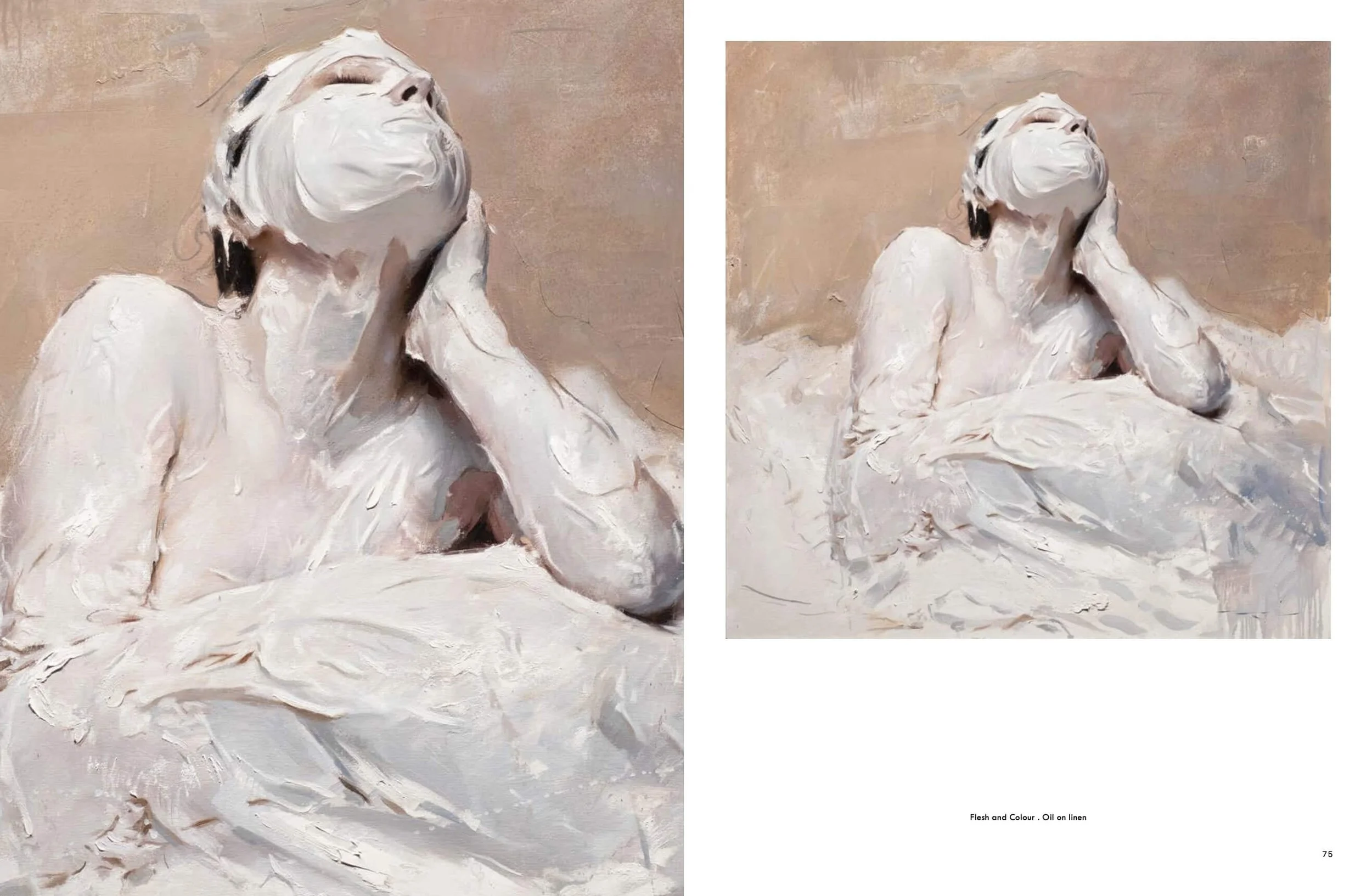The Surrender: The Journey from Casey Baugh to E.C. Baugh.
The journey from Casey Baugh to E.C. Baugh.
For 30 years, Eric Casey Baugh painted with surgical precision. His portraits—delicate, cinematic, almost impossibly real—earned him a place among contemporary realism’s elite. But in the quiet of his Brooklyn studio, far from the Appalachian roots that first shaped him, the artist began to feel something stir. Not a restlessness—but a calling.
“I was no longer painting from my center,” he admits.
“I was painting from memory, repetition, expectation, control. I needed to come undone.”
After three decades of shaping the world through realism—Eric Casey Baugh made a decision that would redefine everything: he let go.
He let go of the name that built his career. He let go of the precision and control that earned him international recognition. And he let go of painting the world as it appears, in order to paint it as it feels.
Now, as E.C. Baugh, the artist is creating from a deeper, more ancient place—a space awakened by the rediscovery of something he hadn’t fully claimed until now: his Native American ancestry.
Baugh’s career quickly blossomed in the representational world with his first solo show at 24 years old in NYC. By the time he
was 30, Baugh had moved to NYC where he had his next two solo exhibitions in Soho and had established himself as a leader in the world of realism, pioneering new methods of chiaroscuro painting and reviving old methods of nocturne painting.
“Realism gave me a voice,” Baugh reflects in a recent studio visit in Brooklyn. “But eventually, it became a cage. I was painting what I saw, but not always what I felt.”
Living in New York City for over a decade added a new rhythm but also a thick callous. The hum of traffic, the unpredictable heat of strangers, the texture of life lived close together and the late sleepless nights of the city life, endless concrete and crashing parties—all of it began to wear down the clean edges of his realism. “I finally broke. I had lost myself in the chaos and knew something needed to change. I was holding on to some strange manufactured version of myself too tightly, trying to calculate
and control every move and I knew the only way forward was to surrender and return to the beginning.”









